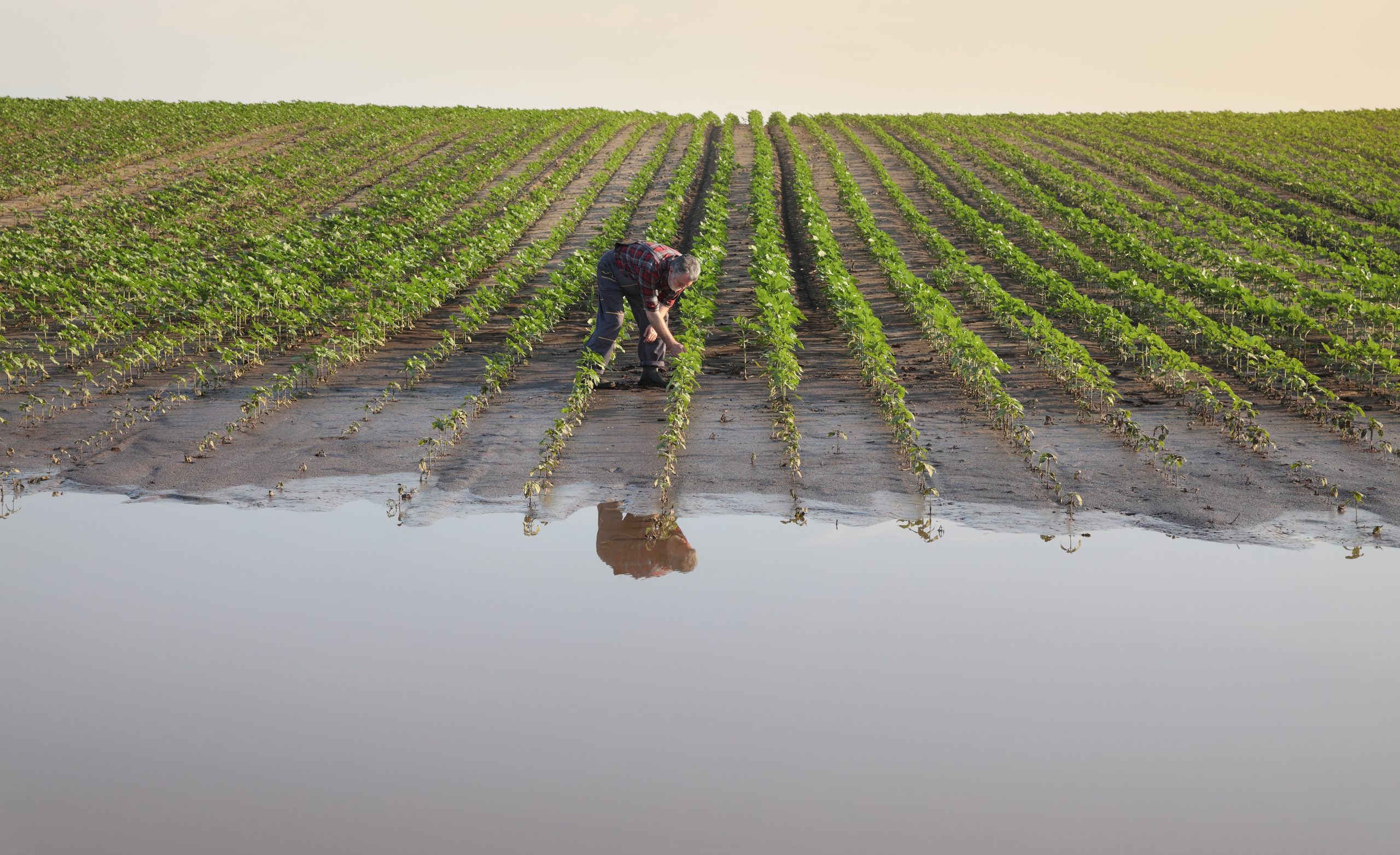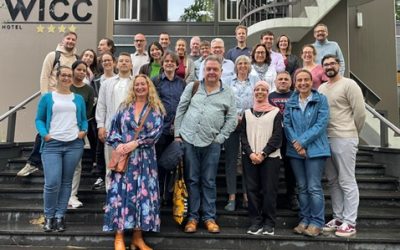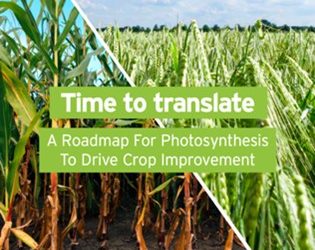To ensure future food security in Europe, crops need to be adapted to changing societal and environmental challenges. The cultivation of these optimized crops can have both positive and negative consequences and it is therefore necessary to identify and assess these consequences as comprehensively as possible.
By increasing the photosynthetic capacity of maize, barley and tomato CAPITALISE will contribute to the food and security of the global population. Through assessing the environmental and social-economic effects for European countries CAPITALISE will investigate and estimate the photosynthetic capacity of maize barley and tomato.
The most obvious positive impact could be an increase in yields. However, it is likely that higher yields would be accompanied by increased inputs needed to grow the crops, such as water, fertilizer or labour time. This would have both ecological (e.g., nutrient outputs, leaching) and socio-economic impacts (e.g., higher production costs for farmers).
The first step of our impact assessment is to develop a methodological approach that allows for the most holistic, consistent, and transparent assessment of these environmental and socio-economic impacts.
To do so, we have to consider several challenges:
Impacts occur at different “levels”: Impacts can affect individual farms, the environment or society.
-
- Those who reap the benefits do not necessarily bear the costs: Often the positive and negative effects do not occur at the same level. Therefore, positive effects of a technological change may occur at company level, while the negative effects arise at the level of society and the environment.
- The polluter pays principle is hardly applicable: The effects of a technological change (e.g., more residues in the groundwater due to more fertilization) often do not appear at the site of the event – i.e., the field – but with a time lag at a completely different location, such as in the groundwater. This makes it difficult to assign cause and effect.
- How do we assess effects that occur in the future? What will agriculture in the EU look like in the future? Technical progress takes time. For example, the first plants with increased photosynthetic capacity would probably not be cultivated on a large scale for at least 10 years. This means that we have to make assumptions about what agriculture and its framework conditions (e.g., prices for inputs and products, regulatory framework) might look like in the future and apply appropriate methods for assessing future impacts.
What will be the result?
We will derive a transparent assessment scheme that allows the evaluation and effective communication of environmental and socio-economic impacts of growing crops with enhanced photosynthetic capacity. The evaluation scheme should also be transferable to other questions dealing with the improvement of plants and/or associated cultivation systems.



